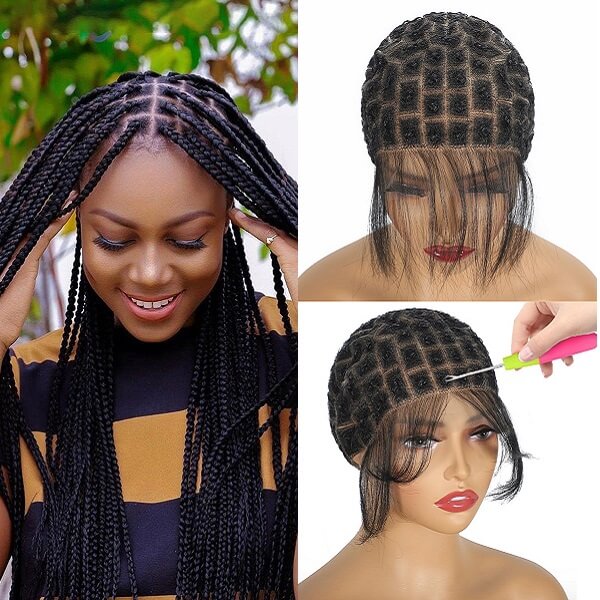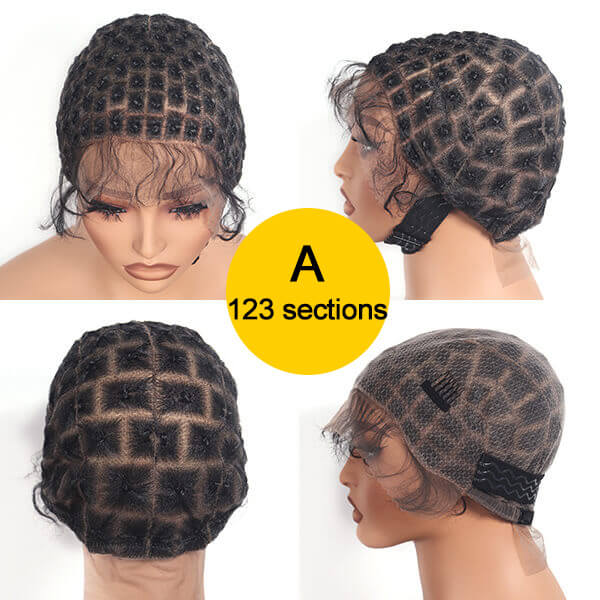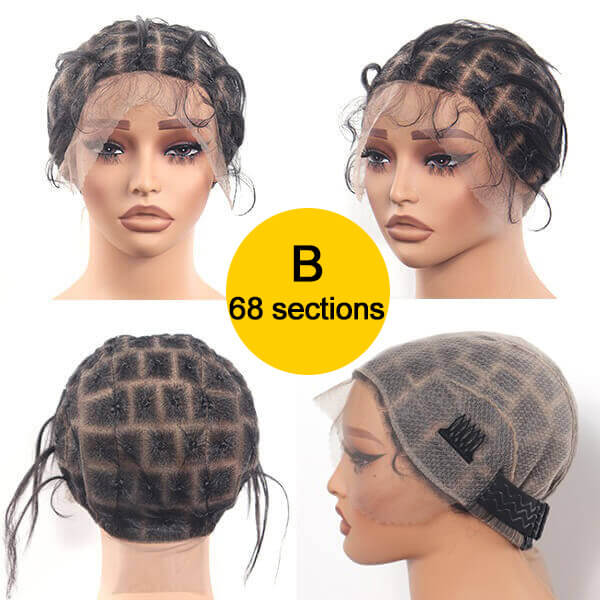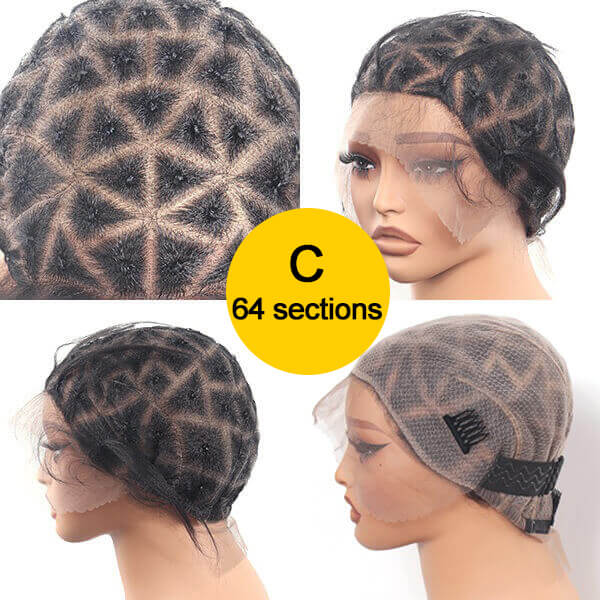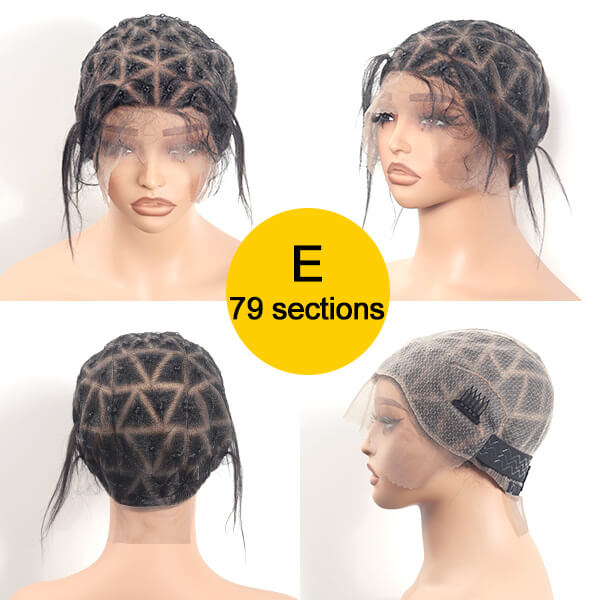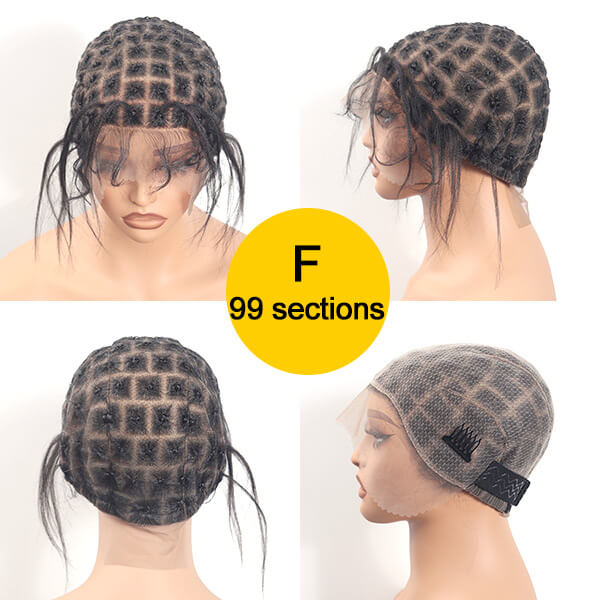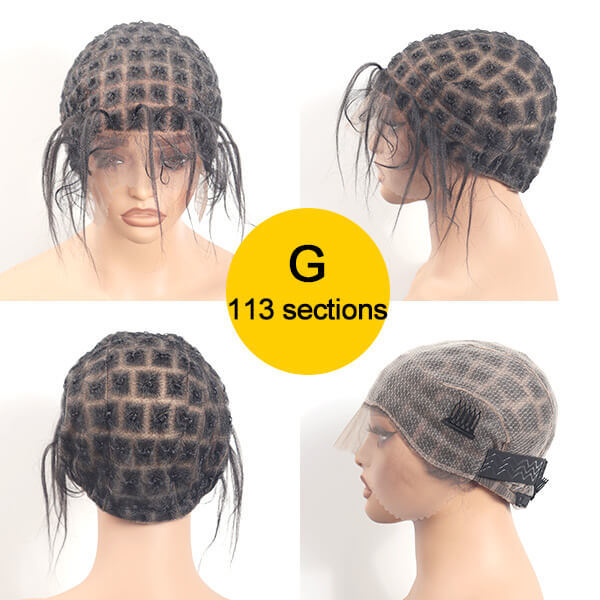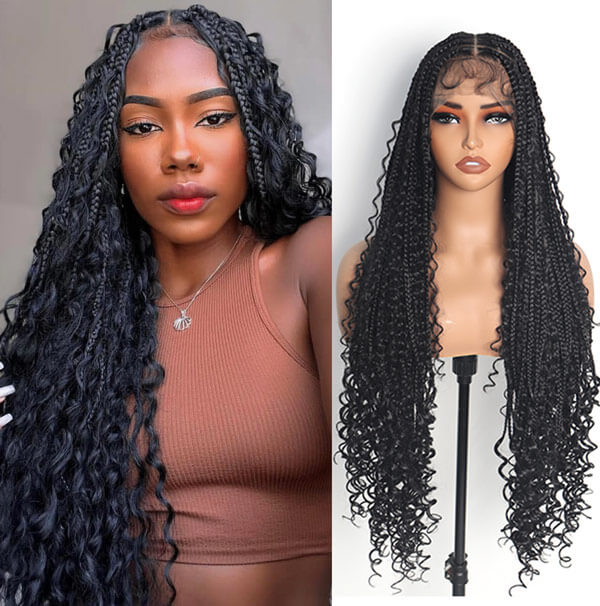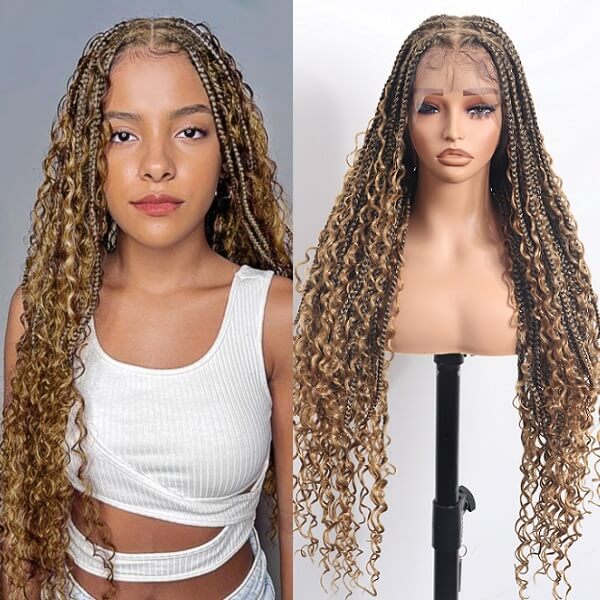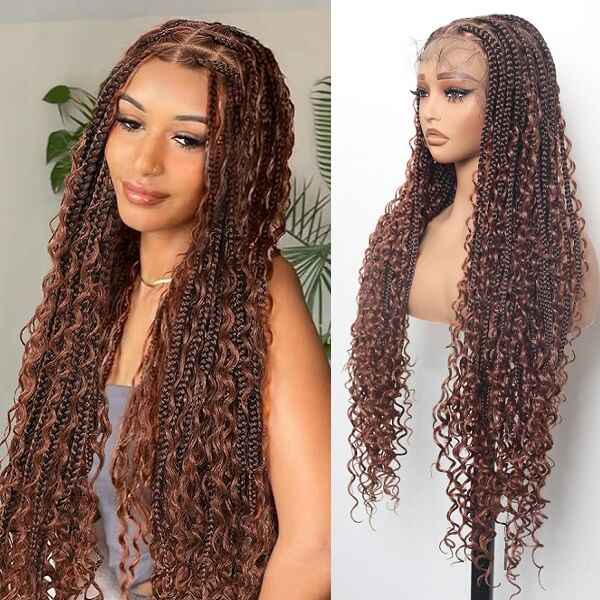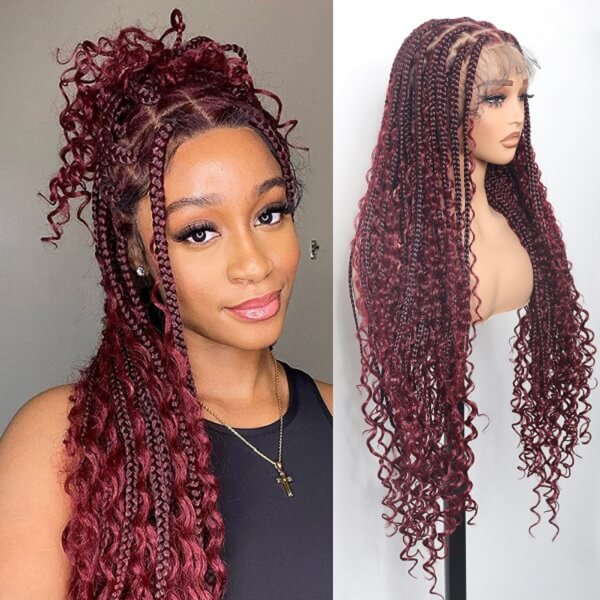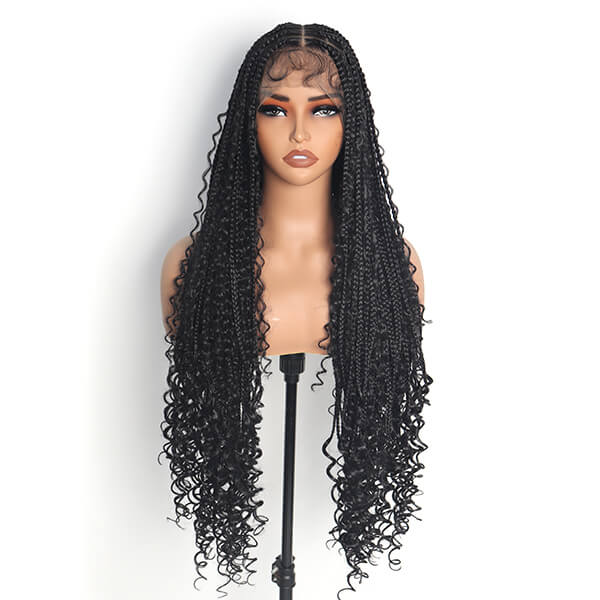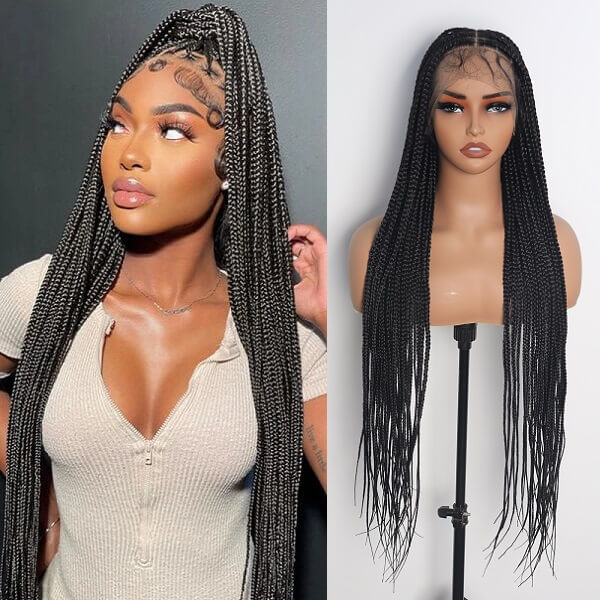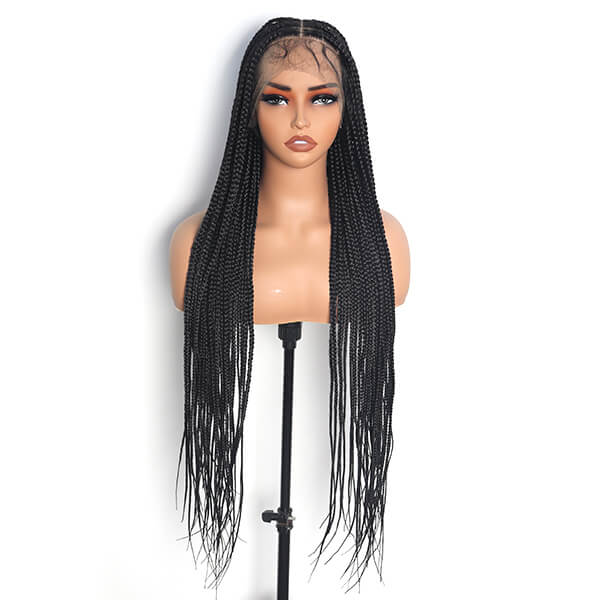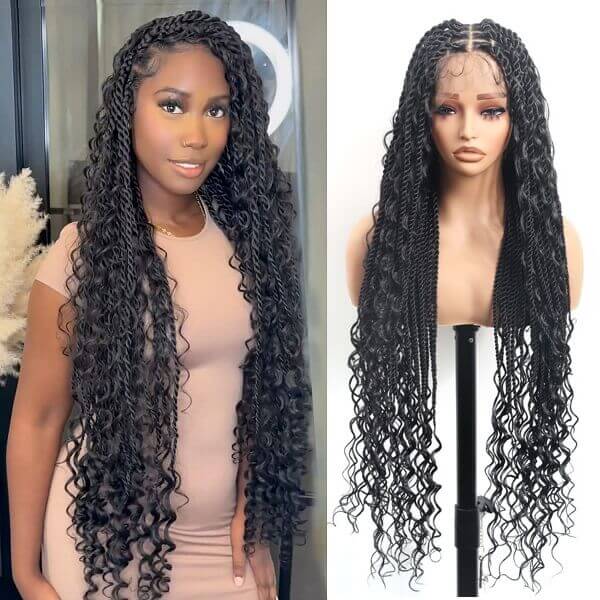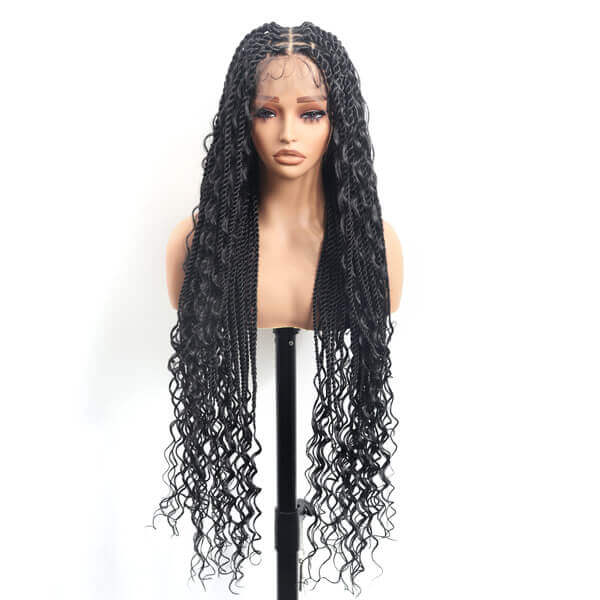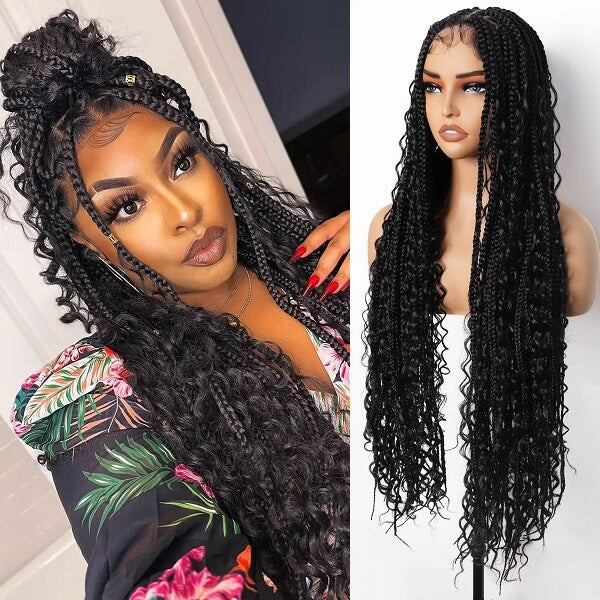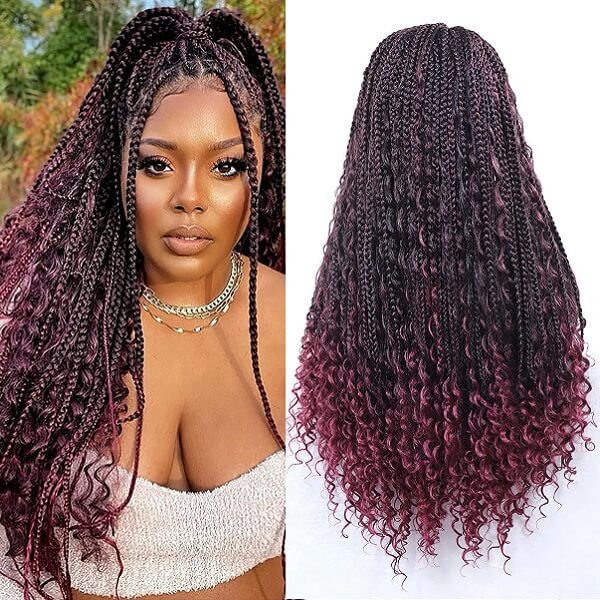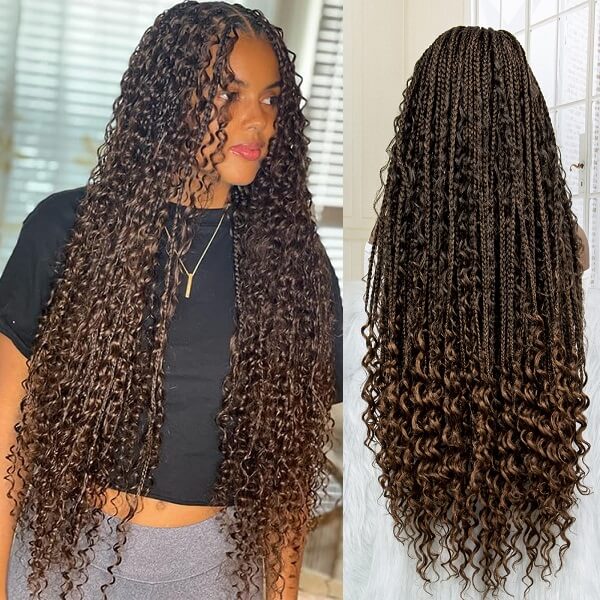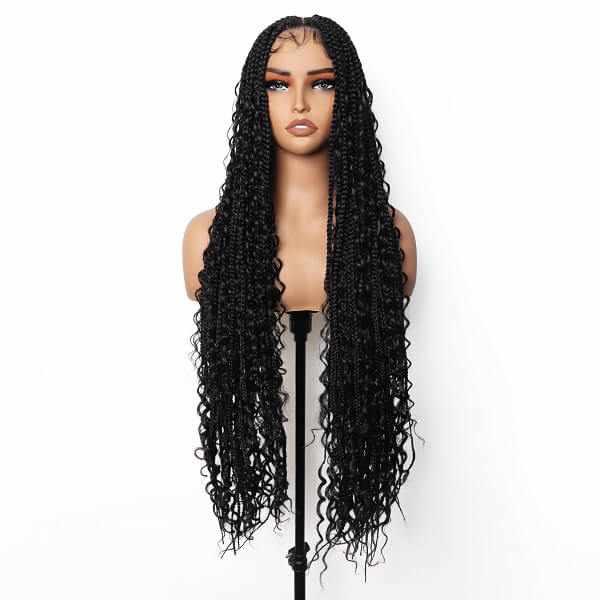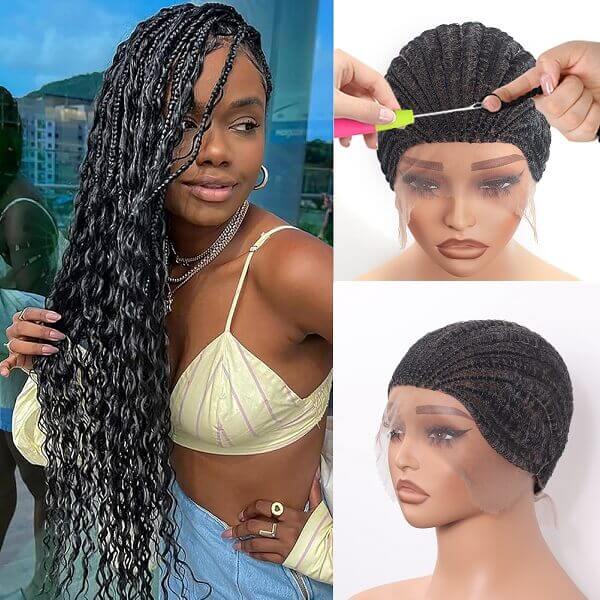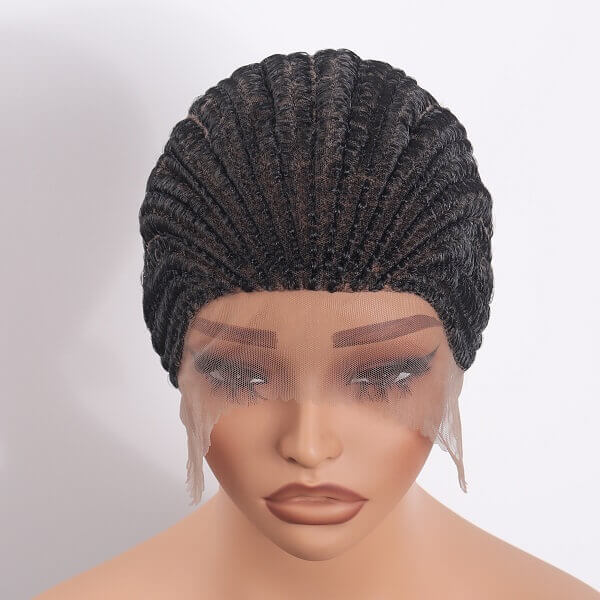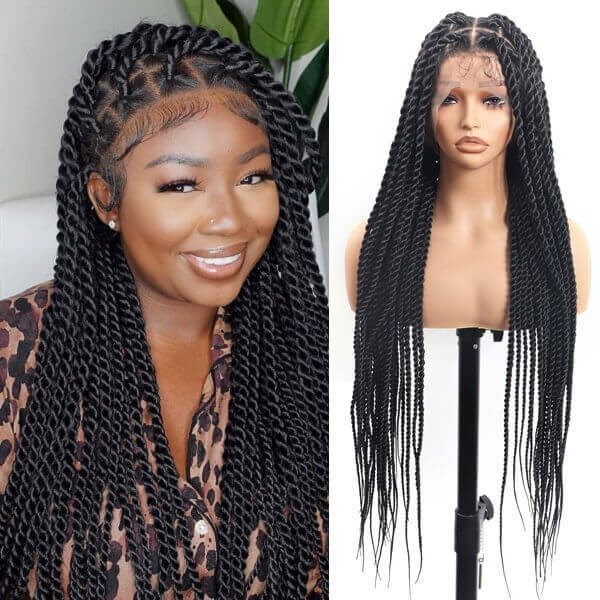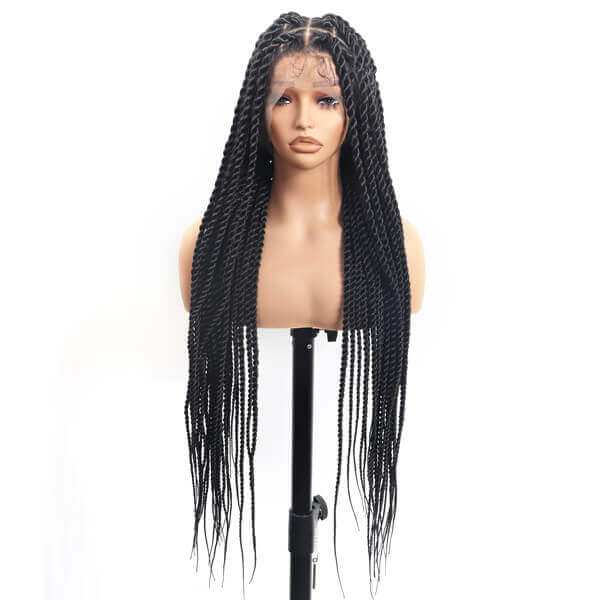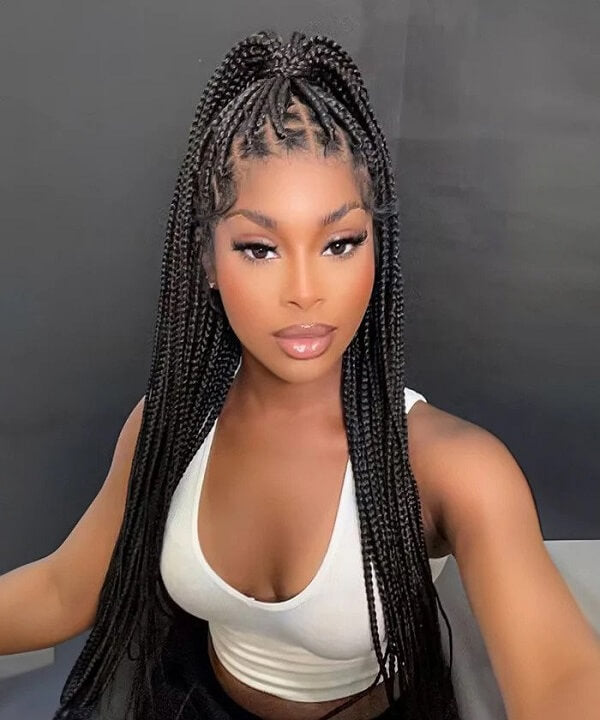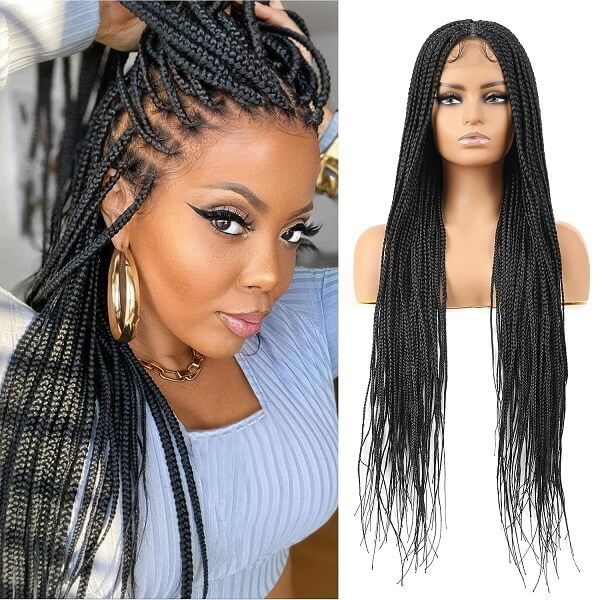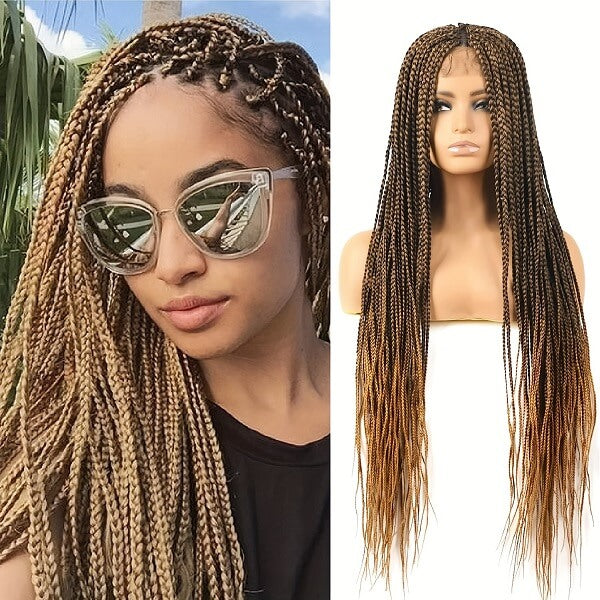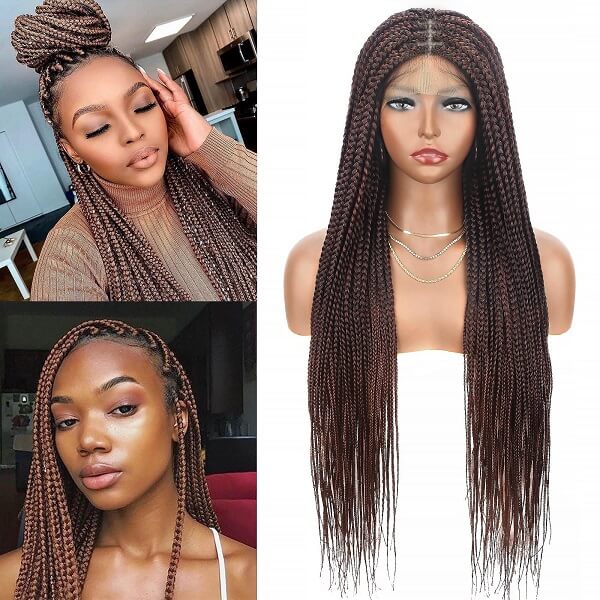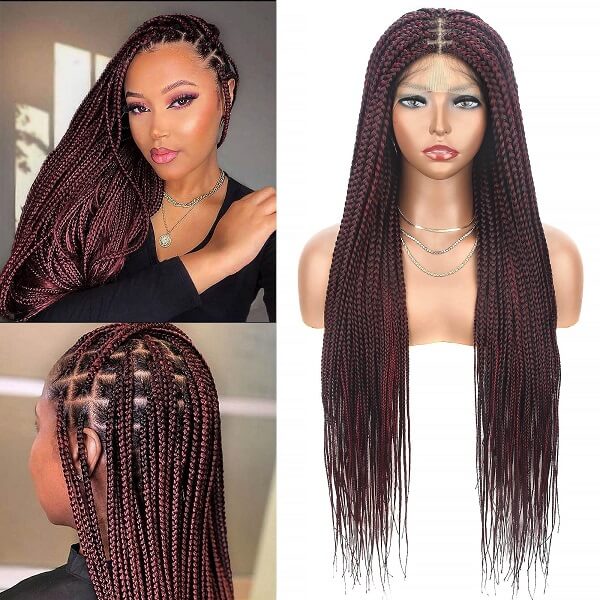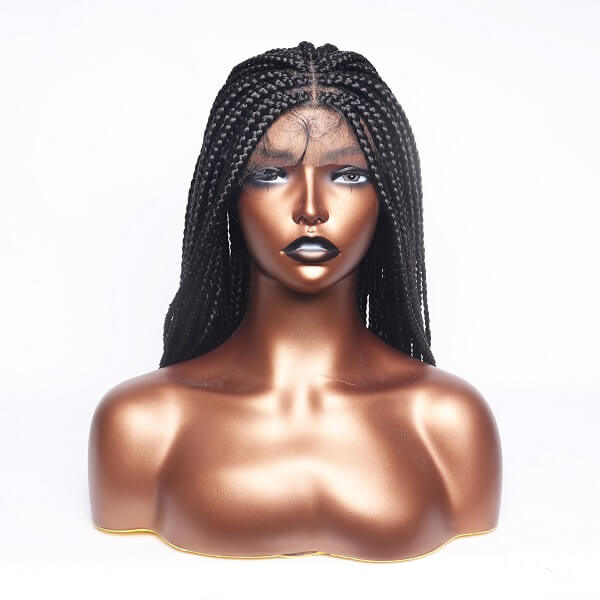Cornrow braids have long been a beloved hairstyle, celebrated for their versatility and cultural significance. This intricate braiding technique, often adorned with beads or decorative elements, is not only stylish but also provides a low-maintenance option for those looking to protect their natural hair. However, a common question many people have is whether it's safe to get cornrow braids wet. Understanding the best practices for caring for these beautiful braids can help ensure they stay looking fresh and vibrant for longer.

What are Cornrow Braids?
Cornrow braids are a traditional African hairstyle characterized by tightly woven strands that lie flat against the scalp. This technique involves braiding the hair close to the head in various patterns, creating a stunning visual effect. Cornrows can be styled in numerous ways, allowing for creativity and personalization, whether in simple straight lines or intricate designs.
One of the primary benefits of wearing cornrows is their low maintenance nature. Once styled, they can last several weeks, making them an ideal choice for busy lifestyles. Additionally, cornrows protect natural hair from damage and reduce the need for daily styling, which can lead to healthier hair over time. Not only are they practical, but cornrows are also incredibly stylish, offering a chic and polished look that complements any outfit or occasion.

Can You Get Cornrow Braids Wet?
The general consensus on wetting cornrow braids is that it’s best to be cautious. While it’s not entirely prohibited to get them wet, excessive moisture can lead to frizz, loosening of the braids, or even cause the hair to shrink. For those who want to keep their cornrows looking fresh, it’s recommended to limit direct exposure to water.
Hair type plays a significant role in how cornrows respond to moisture. For textured or curly hair, getting the braids wet may cause more shrinkage and frizz compared to straight hair. Additionally, the choice of products is crucial; using lightweight leave-in conditioners or hair sprays can help maintain moisture without overwhelming the braids. Always opt for products that are designed for braided styles to ensure the best results and longevity.

Effects of Water on Cornrows
Water can significantly impact the longevity and style retention of cornrow braids. While some moisture is essential for keeping the hair hydrated, excessive exposure can shorten the lifespan of the style. When cornrows get too wet, they may lose their defined shape and crisp appearance, leading to quicker unraveling.
Possible issues that arise from getting cornrows wet include frizz, looseness, and shrinkage. Frizz can occur as the hair absorbs water, disrupting the smoothness of the braids. Additionally, wet hair is heavier and can lead to the loosening of the braids, making them look less polished. Shrinkage is another concern, especially for textured hair, as it can cause the braids to tighten and change shape, resulting in an overall less appealing look. Therefore, it’s essential to manage moisture carefully to maintain the beauty of cornrow braids.
Best Practices for Washing and Wetting
To keep cornrow braids clean without soaking them, consider the following best practices:
- Spot Cleaning: Instead of washing the entire head, focus on spot cleaning the scalp. Use a damp cloth or cotton pad with a mild cleanser to gently wipe away buildup or sweat. This helps maintain cleanliness without soaking the braids.
- Dry Shampoo: Incorporate a dry shampoo to absorb excess oil and refresh the scalp. This can help extend the time between washes and keep your braids looking fresh.
- Diluted Shampoo: If you need to wash your hair, dilute a mild shampoo with water in a spray bottle. Lightly spritz the solution onto your scalp and use your fingers to massage it in. Rinse with minimal water, being careful to avoid getting the braids overly wet.
- Leave-In Conditioners: After cleaning, apply a lightweight leave-in conditioner to keep your hair moisturized without adding too much moisture. This can help reduce frizz and maintain the health of both your scalp and the braids.
- Avoid Heavy Products: Steer clear of heavy oils or creams that can weigh down the braids and lead to buildup. Opt for products specifically formulated for braided hairstyles to ensure they remain light and manageable.
By following these tips, you can keep your cornrow braids clean and vibrant while minimizing the impact of water on their longevity.

Maintaining Cornrow Health
Maintaining moisture and proper care is essential for the health of cornrow braids. While the braids provide protective styling, the hair and scalp still require hydration to prevent dryness and breakage. Adequate moisture helps keep the hair soft, prevents itching, and reduces the risk of damage.
To maintain cornrows while keeping them dry, consider these recommended routines:
- Regular Scalp Moisturization: Use a lightweight oil or scalp spray to keep the scalp hydrated. Focus on areas that feel dry or itchy, applying just a small amount to avoid buildup.
- Night Care: Before bed, tie your hair in a loose scarf or use a satin or silk pillowcase. This helps reduce friction, preventing frizz and protecting the braids while keeping moisture locked in.
- Weekly Refresh: Incorporate a weekly refreshing routine by lightly spritzing a diluted leave-in conditioner on the braids. This adds moisture without soaking them, keeping the braids looking fresh.
- Limit Heat Exposure: Avoid excessive heat styling, as it can dry out the hair and cause damage. If you must use heat, apply a heat protectant spray to minimize harm.
- Avoid Tight Styles: Ensure that your cornrows are not too tight to prevent unnecessary tension on the scalp and hair, which can lead to breakage.
By following these routines, you can ensure your cornrows remain healthy, vibrant, and comfortable throughout their wear.
When to Avoid Getting Cornrows Wet?
There are certain situations where it’s best to avoid getting your cornrow braids wet to maintain their appearance and longevity:
- Humid Weather: High humidity can cause moisture to build up in the braids, leading to frizz and potential loosening. On particularly humid days, it's wise to keep your hair protected and avoid unnecessary exposure to moisture.
- Swimming: Whether in a pool or the ocean, chlorine and saltwater can damage your braids. If you plan to swim, consider wearing a swim cap to protect your cornrows or tie them up securely to minimize exposure.
- Heavy Rain: If rain is in the forecast, it's best to keep your hair covered. Getting cornrows wet in the rain can lead to frizz and may compromise the style’s integrity.
- Post-Workout: After exercising, try to manage sweat without wetting the braids. Use a sweat-wicking headband and opt for spot cleaning rather than soaking your hair.
By being mindful of these situations, you can help ensure your cornrow braids stay looking their best for as long as possible.
Conclusion
Caring for cornrow braids involves understanding the best practices for moisture and maintenance to keep them looking fresh and vibrant. By spot cleaning, using the right products, and avoiding excessive exposure to water in certain situations, you can prolong the life of your braids while maintaining healthy hair underneath. For those looking for versatility and style, consider exploring braided wigs as a protective styling option. Visit mybraidedwig.com to discover a range of high-quality braided wigs and cornrow wigs that offer both beauty and convenience. Your perfect style awaits!
Related Articles:
How to Achieve a Youthful Look with Cornrow Braids?
What Hair Type Is Best For Cornrows?
Box Braids vs. Cornrows: Which Style is Right for You?
When Should You Take Cornrows Out?






